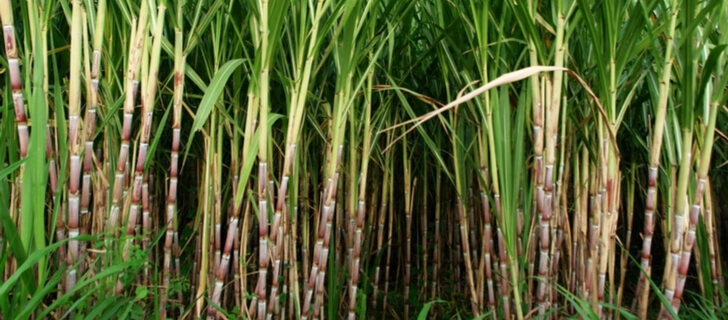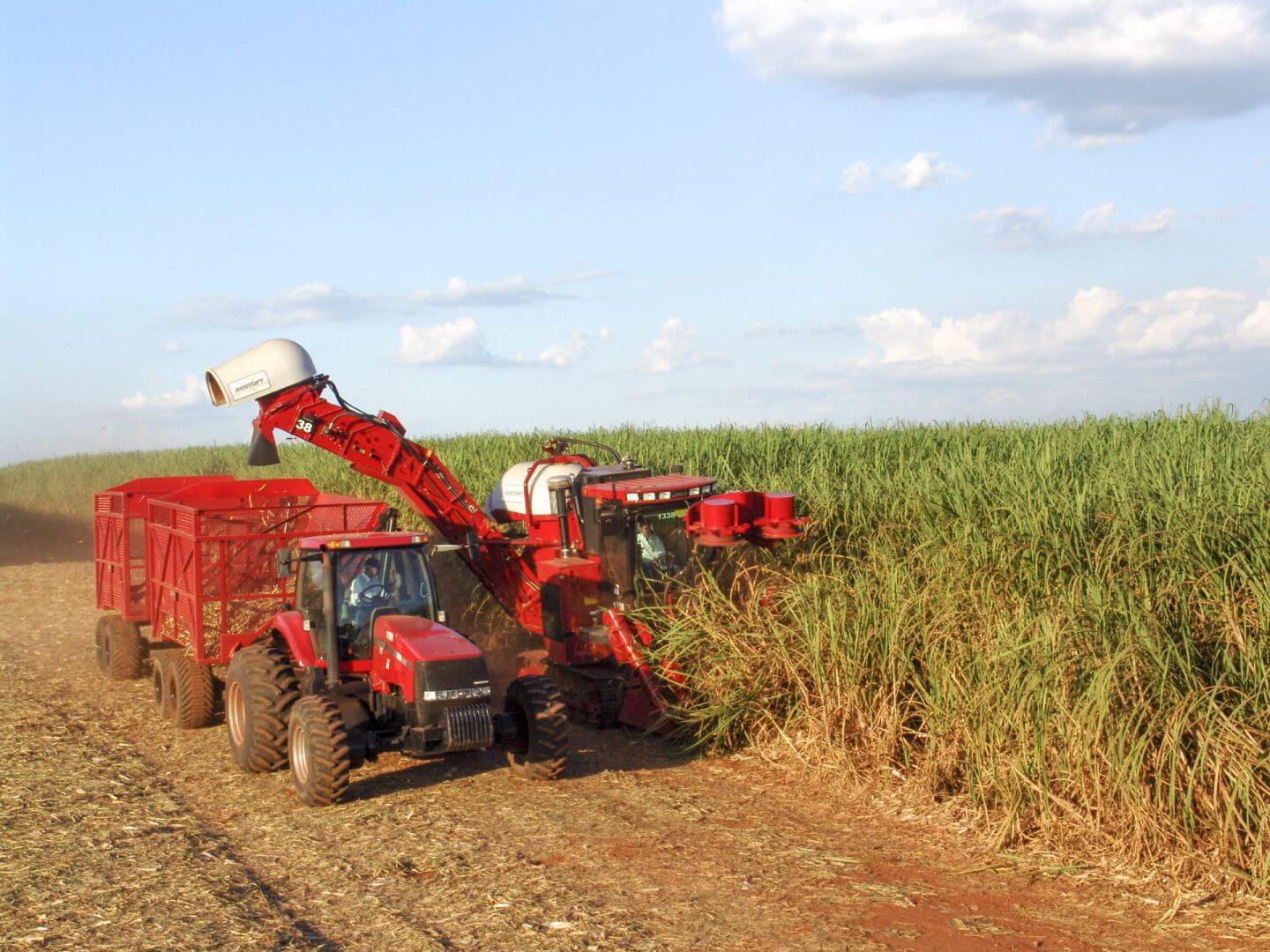What Are Sugar Canes Used For in the Cosmetics Industry?
Wiki Article
Discover the Lots Of Uses Sugar Canes: What Are Sugar Canes Used For in Everyday Life?
Sugar walking sticks are usually overlooked regardless of their significant payments to daily life. Mainly known for their role in sugar production, they prolong their energy to different lasting methods and culinary applications. From sweetening foods to functioning as environmentally friendly materials, sugar canes offer a variety of benefits. Their potential goes also better. What various other unexpected usages do they hold in modern-day society?The Sweet Side: Sugar Production and Its Importance
Sugar walking cane offers as an essential source for sugar production, adding significantly to global food supply and economies. This tropical yard, mostly cultivated in regions with cozy environments, produces a high focus of sucrose, which is drawn out and refined right into numerous sugar products. The sugar produced from cane is not just a staple sugar in countless houses but also plays a vital function in the food sector, improving flavors and protecting foods. What Are Sugar Canes Used For.Moreover, sugar cane growing sustains millions of farmers and workers, supplying livelihoods and boosting economic growth in several establishing nations. The market fosters profession, producing considerable export revenues for countries that create it in wealth. In addition, the by-products of sugar walking cane handling, such as molasses and bagasse, are made use of in numerous sectors, further magnifying its economic importance. Generally, sugar walking cane continues to be a crucial agricultural product with significant implications for food safety and security and economic advancement
Beyond Sugar: Culinary Uses of Sugar Canes

While the production of sugar from sugar cane is commonly recognized, its culinary applications expand far past a simple sweetener. Chefs and home cooks alike have actually uncovered the versatility of sugar cane in various dishes. The stalks can be juiced to create a revitalizing syrup, which enhances dressings and marinades, including depth to mouthwatering recipes. Additionally, sugar cane juice acts as a natural sugar in treats, supplying a special taste account that differs from fine-tuned sugar.The fibrous pulp remaining from juicing can be made use of in baking, conveying wetness and a subtle sweetness to breads and breads. In some cultures, sugar cane is smoked or baked, leading to a caramelized treat taken pleasure in as a snack. Moreover, sugar walking cane can be incorporated into full-flavored recipes, where its natural sweetness balances flavors and improves the overall flavor. This complex active ingredient continues to influence culinary imagination across various foods.
Sugar Canes in the Beverage Industry
Sugar walking canes play a considerable duty in the beverage sector, acting as a natural sweetener in different beverages. In addition, they are essential in the manufacturing of rum, adding to the distinct flavors of this popular spirit. As consumers look for healthier alternatives, sugar walking canes provide choices that stabilize sweet taste with dietary advantages.All-natural Sweeteners in Drinks
All-natural sweeteners acquired from sugar walking canes have become essential to the drink market, improving flavor profiles and providing a more genuine taste experience. These sweeteners, such as cane sugar, molasses, and syrups, are typically utilized in various beverages, from soft drinks and juices to teas and mixed drinks. Unlike sweetening agents, cane-derived alternatives provide a natural sweet taste that consumers usually like. In addition, they add to the total mouthfeel and balance of tastes in beverages. The versatility of sugar walking stick sweeteners enables ingenious mixes, dealing with nutritional choices and varied tastes. As the demand for natural active ingredients remains to increase, sugar walking stick sugar are positioned to play a considerable role in the advancement of the beverage landscape.
Rum Production Process
The manufacturing of rum showcases the flexibility of sugar canes past their function as a sweetener in beverages. Originally, sugar walking canes are gathered and crushed to remove their juice, which includes high levels of sugar. This juice is after that fermented utilizing yeast, which converts the sugars into alcohol. The fermentation process can take several days, depending on the wanted flavor account. After fermentation, the resulting liquid, referred to as "laundry," is distilled to increase the alcohol material and improve the taste. The distillation procedure can differ, with some producers deciding for pot stills while others utilize constant column stills. The rum goes through aging in barrels, which improves its taste and color prior to bottling, prepared for intake.Much Healthier Drink Alternatives
While lots of customers seek much healthier options in their drink options, sugar walking stick functions as an engaging base for a range of healthy choices. Sugar walking cane juice, rich in minerals and vitamins, is a prominent choice in exotic areas, offering a renewing, all-natural sweet taste without the additives discovered in numerous processed beverages. Additionally, sugar cane removes are progressively being made use of in the formulation of natural teas and wellness restoratives, providing an all-natural resource of energy with reduced glycemic influence compared to improved sugars. Innovative beverages combining sugar walking cane with flavors and fruits cater to health-conscious consumers looking for tasty yet nourishing alternatives. These choices not only sustain a much healthier way of living yet likewise add to the lasting use sugar walking cane as a functional active ingredient in the drink market.Lasting Practices: Sugar Canes and Eco-Friendly Solutions
As global awareness of environmental concerns expands, sustainable techniques in farming have ended up being increasingly vital, particularly in the farming of sugar walking cane. Farmers are embracing techniques such as plant rotation, which aids boost soil health and minimize insect populaces. Additionally, integrated parasite administration techniques lessen using unsafe pesticides, promoting a healthier ecosystem.Water preservation techniques, consisting of drip irrigation and rainwater harvesting, are likewise being utilized to enhance water use in sugar cane farming. These practices not just boost sustainability yet also enhance plant return and quality.Furthermore, using organic plant foods originated from sugar walking stick by-products adds to soil fertility without the adverse impacts connected with artificial fertilizers. As a result, the growing of sugar walking stick can straighten with environment-friendly options, offering a path towards even more sustainable agricultural practices that benefit both the atmosphere and regional neighborhoods.
Biofuels and Power: The Role of Sugar Canes
website here Sugar walking sticks offer an essential role in the production of biofuels, specifically ethanol, which is significantly identified as an eco-friendly power resource. This tropical crop is rich in sugars, making it an excellent prospect for fermentation processes that convert these sugars into alcohol. The ethanol produced from sugar canes can be mixed with fuel, decreasing dependence on fossil gas and decreasing greenhouse gas emissions.Countries such as Brazil have actually effectively incorporated sugar walking stick ethanol into their power systems, resulting in significant decreases in carbon impacts. Additionally, the cultivation of sugar canes for biofuel contributes to rural advancement by offering tasks and boosting regional economies.As the need for lasting power services expands, sugar walking canes are arising as a sensible choice to typical nonrenewable fuel sources. Their capability to produce cleaner power straightens with worldwide efforts to deal with climate modification and advertise environmental sustainability.Innovative Applications: From Packaging to Pharmaceuticals
The flexibility of sugar canes expands much beyond biofuels, discovering ingenious applications in various industries such as product packaging and drugs. In the packaging market, naturally degradable products originated from sugar walking stick offer an eco-friendly alternative to traditional plastics. These materials not only decrease ecological influence but likewise use effective protection for products.In the pharmaceutical sector, sugar walking cane derivatives are utilized in drug formulations and as excipients, improving the efficiency and stability of medicines. Their all-natural beginnings appeal to the growing demand for sustainable and non-toxic elements in healthcare products.Furthermore, sugar cane removes are being explored for their potential health advantages, consisting of antioxidant and anti-inflammatory residential or commercial properties. This development right into diverse areas demonstrates the adaptability of sugar walking sticks, positioning them as a useful source in resolving contemporary difficulties across multiple fields, from sustainability to healthcare.Often Asked Questions
Exactly How Do Sugar Canes Affect Resident Economies?

What Nutritional Conveniences Do Sugar Canes Offer?

Can Sugar Canes Be Expanded in All Environments?
Sugar walking sticks prosper in exotic and subtropical climates, needing warm temperatures and sufficient rains. They have a hard time in cooler areas, making their cultivation limited to certain geographical areas where environmental conditions agree with for growth.Exist Any Type Of Health Threats Related To Sugar Walking Stick Usage?
Issues relating to sugar walking stick usage consist of prospective weight gain, enhanced blood sugar level levels, and dental issues (What Are Sugar Canes Used For). Moderation is crucial, as extreme consumption may lead to health difficulties, requiring awareness of private nutritional needs resource and problemsHow Are Sugar Canes Harvested and Processed?
Sugar walking sticks are collected using manual or mechanical methods, cut at the base, and then moved to mills. There, they undergo squashing, juicing, and boiling to draw out sugar and generate different by-products for varied applications. The sugar generated from walking stick is not just an essential sweetener in many homes yet likewise plays an essential role in the food industry, enhancing flavors and maintaining foods.Moreover, sugar walking stick cultivation sustains millions of farmers and employees, giving resources and boosting economic development in many establishing nations. In addition, sugar walking cane extracts are increasingly being used in the formula of organic teas and wellness restoratives, providing a natural source of energy with reduced glycemic impact contrasted to refined sugars. The ethanol created from sugar canes can be mixed with fuel, decreasing reliance on fossil gas and lowering greenhouse gas emissions.Countries such as Brazil have efficiently incorporated sugar walking stick ethanol into their energy systems, leading to considerable reductions in carbon footprints. Furthermore, the cultivation of sugar walking sticks for biofuel contributes to rural development by providing important link tasks and promoting neighborhood economies.As the demand for sustainable energy options expands, sugar canes are arising as a viable choice to typical fossil gas. Worries regarding sugar cane usage include possible weight gain, increased blood sugar levels, and oral concerns.Report this wiki page